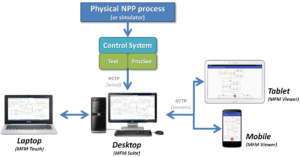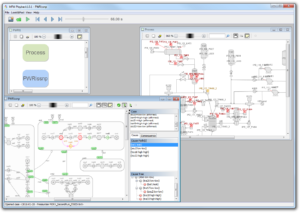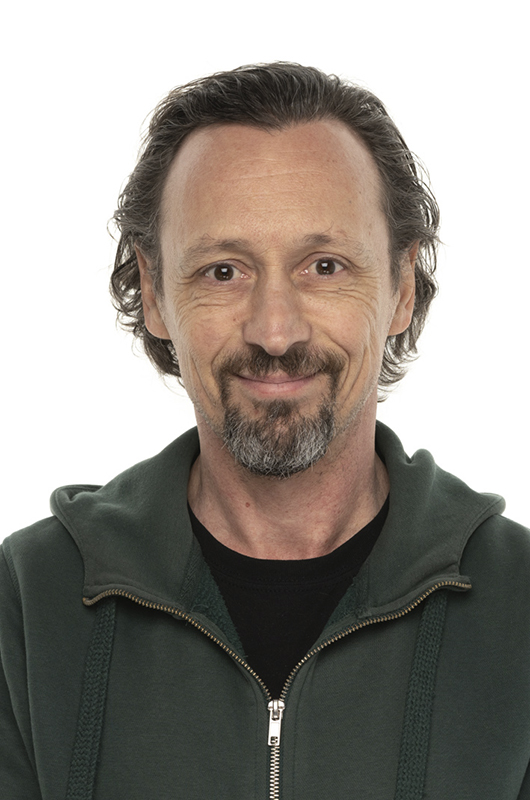Diagnostic Decision Support
The growing complexity of process automation and automation support systems involving operation, condition monitoring, diagnosis, control, optimization and safety & performance assessment, calls for more systematic and efficient solutions for design, assessment and integration of new technologies for process anomaly diagnosis, prognosis, and enhanced supervisory and fault-tolerant control.
A common diagnostic task would be the determination of whether some observed anomalous residuals are due to a component or instrumentation fault, or whether the anomalous readings reflect actual changes in the process state, in which case the diagnostic task includes ascertaining the root cause(s) of these changes. Concurrently, possible downstream effects of the anomalous residuals should be analysed. In addition, interactions between manual and automated operation and control, which also calls for solutions towards optimal decision support systems, must be taken into account. The activity will therefore focus on problem areas related to supervisory, fault-tolerant control, and decision support functionalities in advanced control and automation systems.
The focus of this activity will be based on a multi-purpose view of systems through use of goal- and function-oriented techniques, e.g. the Multilevel Flow Modelling (MFM) method for modelling particularly mass, energy and control functions in complex industrial processes. MFM has been used in early fault detection and fault-tolerant supervision and control applications, and in reasoning about how to achieve the required control functions in the presence of faults.
The practical application of MFM will be achieved using a graphical MFM model designer (called the MFM Suite) based on the ShapeShifter software framework developed at the Halden Project. For MFM analysis purposes, the MFM Suite will rely on the dedicated MFM reasoning engine developed at the Technical University of Denmark (DTU).
Development
At the time of project initiation, there existed no integrated tools to
- graphically design MFM and process models
- create connections between MFM functions and process components
- perform cause and consequence analyses on MFM models
- visualize the analysis output in the graphical models
During this project and the Advanced Control project, the institute has developed a suite of applications, the MFM Suite based on the ShapeShifter framework, to achieve these goals. The suite allows the graphical design of models using a drag-and-drop functionality similar to MS Visio. For MFM analysis purposes, the MFM Suite relies on the dedicated MFM reasoning engine developed at the Technical University of Denmark (DTU).
The MFM Suite furthermore includes data server functionality, allowing external applications to request updated sensor and analysis data for subsequent visualization. These applications include the MFM Viewer for Android devices, and MFM Touch for other touch-enabled devices.
The project was sponsored by the OECD Halden Reactor Project for the period 2012-2017.


Publications
- Harald P-J Thunem, Xinxin Zhang: “The continued development of the MFM Suite and its practical application on a PWR system”, Proceedings of the ESREL2015 conference (pp. 2463-2471, ISBN 978-1-138-02879-1), Sept 7 – 10, 2015, Zürich, Switzerland
- Harald P-J Thunem: “The development of the MFM Editor and its applicability for supervision, diagnosis and prognosis”, Proceedings of the ESREL2013 conference (pp. 1807-1814, ISBN 978-1-138-00123-7), Sept 29 – Oct 2, 2013, Amsterdam, Holland
In addition, see list of related publications under the Advanced Control and Automation Support project.

